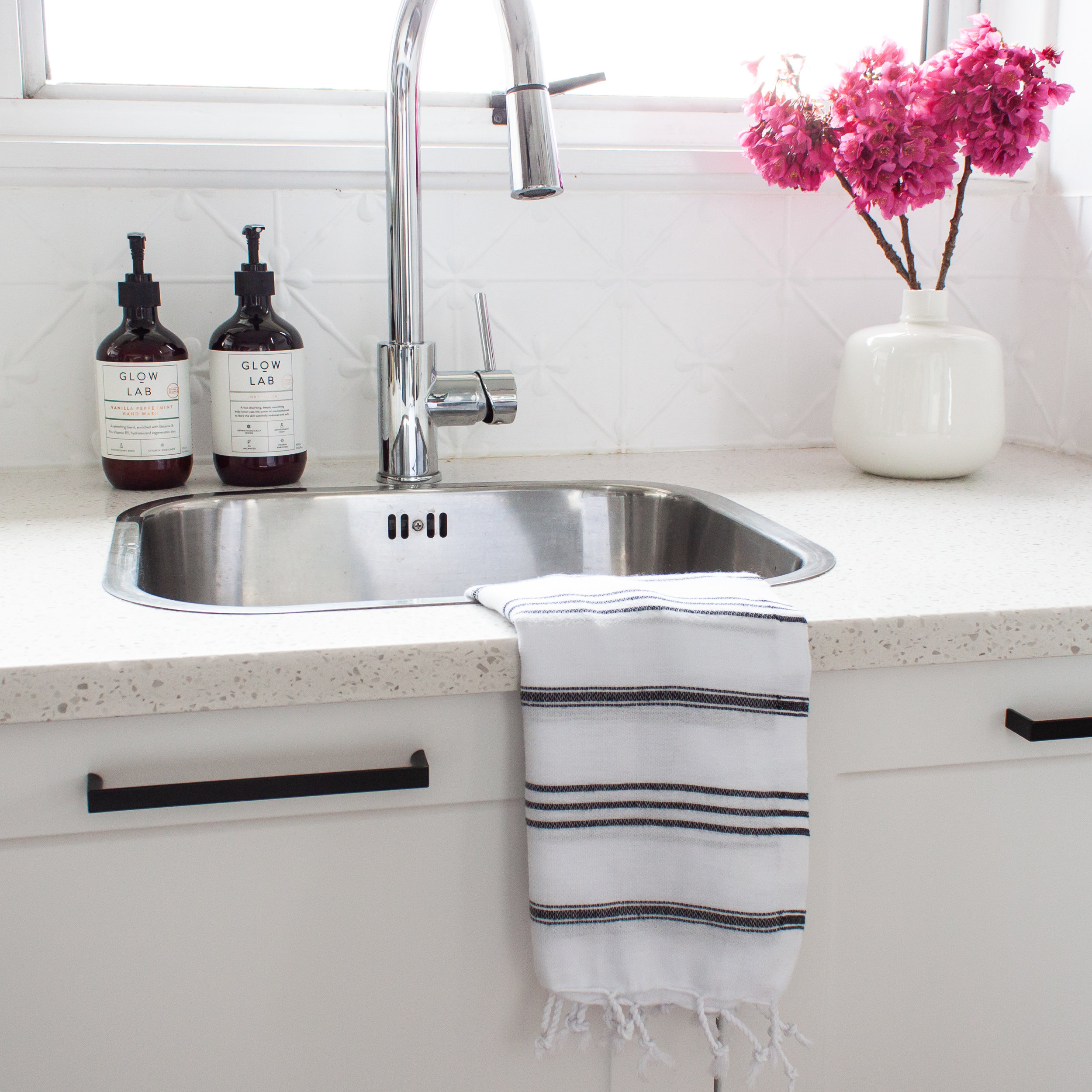I'm a HUGE proponent of not giving a crap about what your competition is doing: comparison is the thief of joy so why wander down that path when you could be focusing on your own business? In fact, if there was any advice I could have given my younger self, it would have been this: forget about the competition, stay in your lane and grow your business in a way that makes sense to you.
BUT.
(and this is a BIG but...)
I do concede that there is a benefit to comparing yourself to other social media accounts, but ONLY IN ONE INSTANCE. I've put it in capital letters because I want to be clear about this: in only one particular scenario do I feel that comparing yourself to other people is useful and a worthwhile use of your precious time. What is that scenario, you may be asking? Well, let me take a back step quickly to give you the full picture.
You've got your social media profiles up and running, but you're not quite getting the likes, comments, shares or follows that you'd like. Read through these questions and answer honestly:
- Do you see other people (seemingly) nailing their online presence and wonder if they've found the key to unlocking digital success?
- Do you follow your competitors and see their likes notching up and (at first glance) out-stripping your engagement levels?
- Do you look at accounts outside of your industry and wonder how they compare to your audience's engagement, even though they operate a totally different service or product offer?
If you answered YES to any of these questions, then I'm about to give you a tool that could help put it all into perspective for you. It's a pretty logical way to go about comparing yourself to others and that's why it's the ONLY scenario in which I recommend it: it strips out the emotional ties you subconsciously make when comparing yourself to others and looks at it from a rational vantage point. It's a 2 step process, so let's start off with the first stage:
STEP 1: COMPARE ENGAGEMENT
Open up Excel and in the first column, make a list of all of the accounts that you follow that you tend to compare yourself to.
In the next column over, input their number of followers. Do a separate table per digital platform (i.e. one for Facebook, one for instagram etc)
Now, in the next 6 columns, you're going to put in the engagement numbers for their previous 6 posts (I would suggest working your way backwards from the post BEFORE their most current one so you've got relatively complete numbers for that post). One engagement number per column. These engagement numbers are made up of likes / comments / shares.
Once you've inputted those 6 numbers, add them together to get a sum.
In the next column: calculate the average (i.e. divide the sum by 6).
Now, divide the average by their total number of followers in the last column and ensure it calculates as a percentage.
Do the above steps for every account you've listed, including your own account (for comparison purposes to see how you rank versus them).
For the visual people out there, here's a sample table of what I'm talking about:
A good engagement level I would say is about 6% +. This means that their audience is engaged and the content that is being pushed out resonates with them and is relevant to what they want to see on their newsfeeds.
How do you rank against these other accounts? You might be surprised to see that you actually have a better engagement than some or many of the accounts you look up to.
Just to be transparent though - this analysis isn't complete or final and it doesn't take into account a few things that contribute to overall engagement, BUT (there it is again) it does give you a general overview into the engagement of an account's audience.
STEP 2:
To keep this analysis rational and emotion-free, use these results to help focus your review of other accounts. Look at those with low engagement rates and try to find a pattern in the posts that would lead to low levels of interaction: are they proof-reading their captions? Are they using enough relevant hashtags? Are their images lacking in originality or appeal? Are they talking at their audience instead of to them?
Next, analyse the accounts that are smashing their interactions out of the park: are their images unveiling something that you could be using in your own visual collateral? Are they asking questions that their audience is keen to answer? How many times are they posting? How long are their captions? Are they using great hashtags? Anything that helps garner some useful insights for your own social media.
And that's the point here: to take away the emotions that make you feel bad when you compare and use the opportunity to add some useful insights to your social media strategy. Use the information to improve your digital presence instead of a method of self-flagellation.
If you're feeling like your social media needs a shake up or your keen to get it moving, get in touch and let's get it sorted.
Images styled and shot for Izzy & Jean





